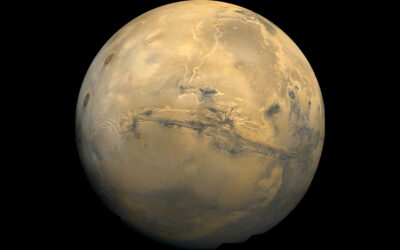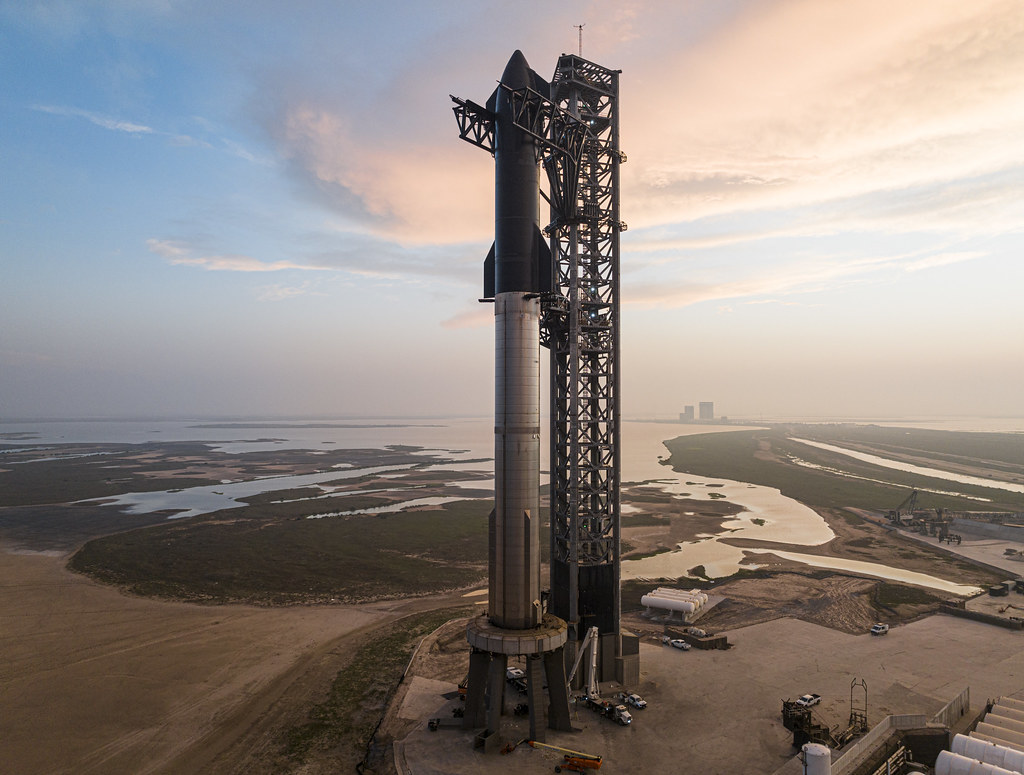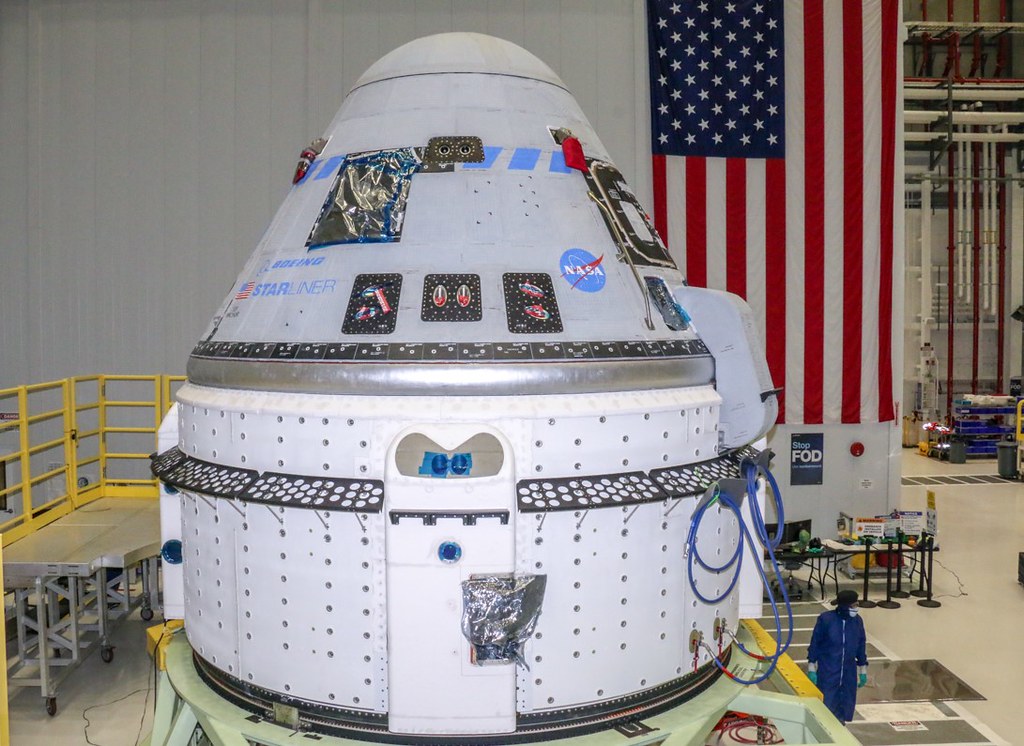Boeing Starliner vs SpaceX Dragon : Which Spaceship Will Dominate the Skies in 2024?
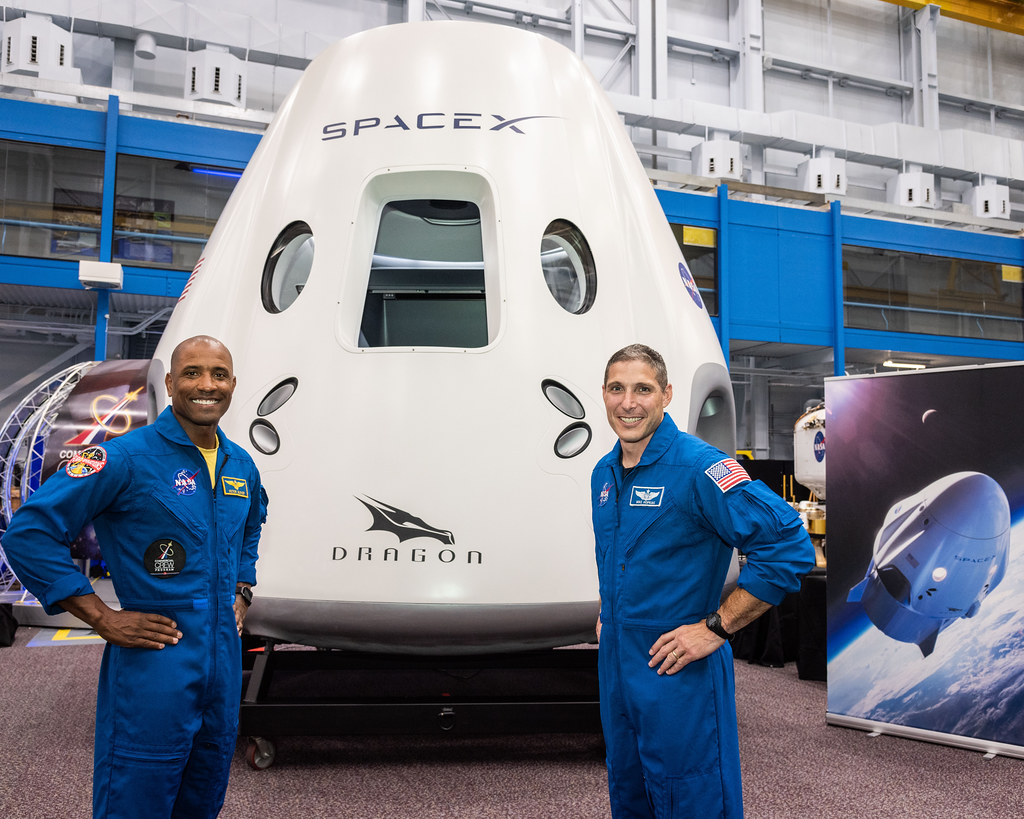
Table of Contents
boeing starliner vs spacex dragon
Boeing Starliner vs SpaceX Dragon stands as a testament to the ingenuity and innovation driving the space industry forward. With Boeing’s Starliner offering a legacy of aerospace expertise and SpaceX’s Dragon showcasing cutting-edge technology and a bold vision for the future, the rivalry between these two spacecraft ignites the imagination and pushes the boundaries of what humanity can achieve beyond Earth’s atmosphere. Let’s delve deeper into the intricacies of Boeing’s Starliner and SpaceX’s Dragon, exploring their capabilities, accomplishments, and the implications of their competition for the future of space exploration.
Boeing Starliner: Pioneering the Path in the Boeing Starliner vs SpaceX Dragon Saga
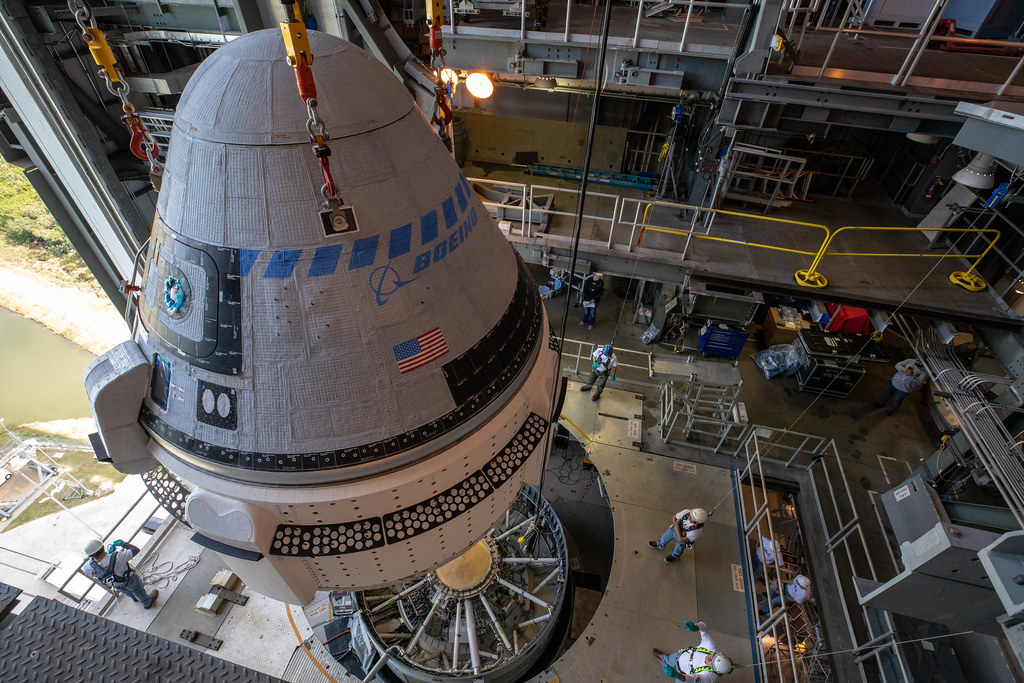
Boeing Starliner represents a pinnacle of aerospace engineering prowess, emerging as a key player in the ongoing saga of Boeing Starliner vs SpaceX Dragon. With a legacy steeped in decades of aerospace expertise, Boeing brings a wealth of knowledge and experience to the table, ensuring that the Starliner spacecraft meets the highest standards of safety and performance.
Designed under NASA’s Commercial Crew Program, the Starliner promises versatility, not only for NASA missions but also for commercial ventures, opening doors to private space tourism and beyond. Despite encountering setbacks, such as the high-profile mission anomaly during its uncrewed Orbital Flight Test in December 2019, Boeing remains committed to addressing challenges and improving the Starliner’s capabilities. As the competition with SpaceX’s Dragon intensifies, Boeing Starliner continues to evolve, poised to play a crucial role in shaping the future of space exploration.
SpaceX Dragon: Redefining the Space Frontier in the Boeing Starliner vs SpaceX Dragon Saga
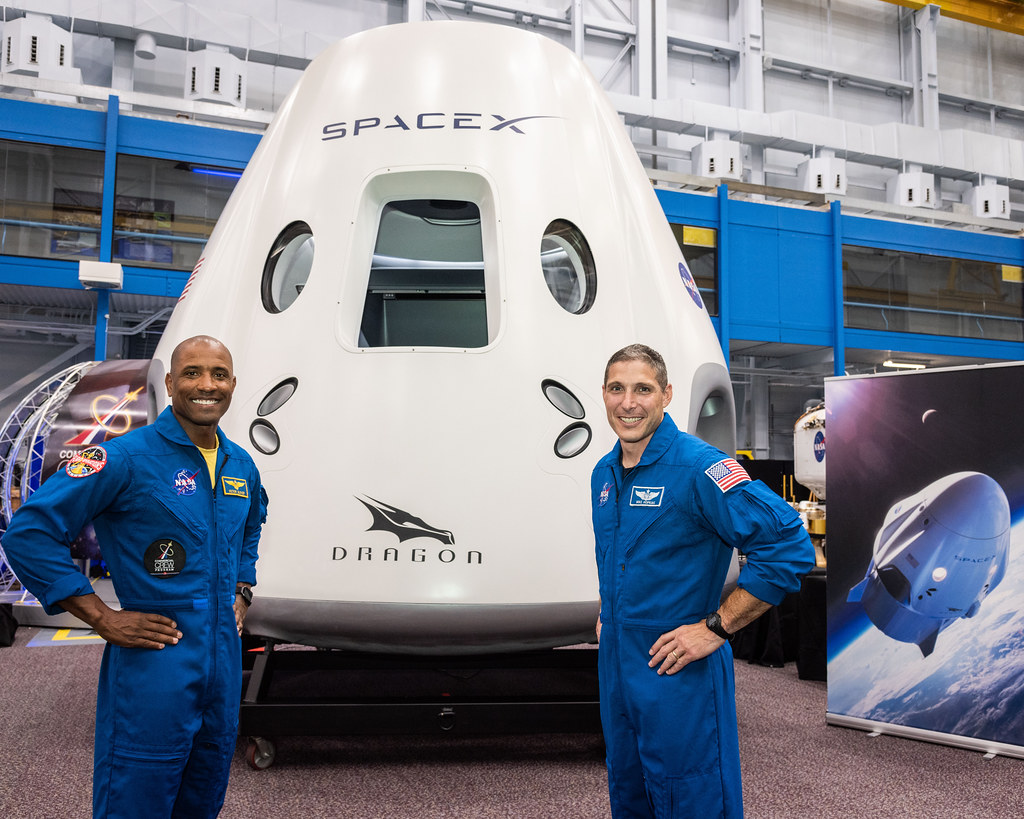
SpaceX Dragon stands as a beacon of innovation and ambition in the dynamic rivalry Boeing Starliner and SpaceX Dragon. Spearheaded by Elon Musk’s aerospace company SpaceX, the Dragon spacecraft has rewritten the rules of space exploration with its groundbreaking achievements and ambitious goals.
With two variants, Cargo Dragon and Crew Dragon, SpaceX has demonstrated its versatility in resupplying the International Space Station (ISS) and ferrying astronauts to and from orbit. Notably, Crew Dragon made history as the first commercially-built spacecraft to carry humans into space, marking a significant milestone in the evolution of space travel.
Despite challenges, SpaceX’s relentless pursuit of innovation and efficiency continues to drive the Dragon spacecraft forward, setting new standards for reliability and sustainability in space exploration. As the competition heats up in the Boeing Starliner vs SpaceX Dragon saga, SpaceX Dragon remains at the forefront, reshaping our understanding of what is possible beyond Earth’s atmosphere.
Development History of Boeing Starliner
The Boeing CST-100 Starliner, developed as part of NASA’s Commercial Crew Development (CCDev) program, aimed to create a spacecraft capable of transporting astronauts to the International Space Station (ISS). Despite initial successes in securing contracts through various phases of CCDev, the development faced significant hurdles.
The first uncrewed test flight, Orbital Flight Test-1 (OFT-1), in December 2019, encountered software issues that prevented it from reaching the ISS, leading to extensive reviews and software corrections.
A subsequent uncrewed test flight, OFT-2, in May 2022, successfully demonstrated the spacecraft’s capabilities. The first crewed flight, Crewed Flight Test (CFT), is anticipated in 2024, pending further technical resolutions. In comparing boeing starliner vs spacex dragon, the Starliner’s development challenges contrast with Dragon’s smoother trajectory, as Dragon completed its uncrewed Demo-1 mission in March 2019 and its first crewed flight, Demo-2, in May 2020.
Both spacecraft are crucial for NASA’s goal of reducing reliance on Russian Soyuz flights, with each offering unique design and operational benefits. The comparison of boeing starliner vs spacex dragon highlights the importance of having multiple reliable options for human spaceflight.
Development History of SpaceX Dragon
The SpaceX Crew Dragon, an evolution of the Cargo Dragon developed under NASA’s Commercial Orbital Transportation Services (COTS) program, was created to transport astronauts to the International Space Station (ISS) as part of NASA’s Commercial Crew Development (CCDev) program.
SpaceX was awarded contracts through various phases of CCDev, including Commercial Crew Integrated Capability (CCiCap) and Commercial Crew Transportation Capability (CCtCap), to develop and demonstrate Crew Dragon’s capabilities.
Crew Dragon’s development trajectory has been relatively smooth, marked by significant milestones such as the successful uncrewed Demo-1 mission in March 2019 and the first crewed mission, Demo-2, in May 2020, which carried astronauts Doug Hurley and Bob Behnken to the ISS. These missions established Crew Dragon as a reliable spacecraft for NASA’s crewed missions.
In comparing boeing starliner vs spacex dragon, Crew Dragon’s smoother development and successful early missions contrast with the Starliner’s technical challenges and delays.
Both spacecraft are critical to NASA’s objective of maintaining U.S. access to low-Earth orbit, reducing reliance on Russian Soyuz flights, and advancing commercial spaceflight capabilities. The comparison of boeing starliner vs spacex dragon underscores the value of having multiple vehicles to ensure redundancy and innovation in human space exploration.
Design and Specifications: boeing starliner vs spacex dragon
| Feature | Boeing Starliner | SpaceX Dragon |
|---|---|---|
| Capacity | Up to 7 astronauts or a mix of crew and cargo | Up to 7 astronauts or a mix of crew and cargo |
| Launch Vehicle | Atlas V rocket (United Launch Alliance) | Falcon 9 rocket |
| Landing | Solid ground landing using parachutes and airbags | Ocean splashdown using parachutes |
| Reusability | Up to 10 missions with refurbishment | Up to 5 missions with refurbishment |
| Dimensions | Diameter: 4.56 meters, Height: 5.03 meters | Diameter: 4 meters, Height: 8.1 meters (including trunk) |
| Life Support Systems | Advanced environmental control and life support systems (ECLSS) | State-of-the-art life support systems |
| Launch Site | Cape Canaveral Space Force Station, Florida | Kennedy Space Center, Florida |
| Mission Duration | Up to 210 days docked at the ISS | Up to 210 days docked at the ISS |
| Docking Mechanism | NASA Docking System (NDS) for automated docking | NASA Docking System (NDS) for automated docking |
| Operational Flexibility | Designed for NASA missions and commercial flights | Supports NASA missions and commercial flights including private astronaut missions |
This table highlights the key design and specifications differences between Boeing Starliner vs. SpaceX Dragon, showcasing each spacecraft’s unique features and capabilities.
Mission Profiles of boeing starliner vs spacex dragon
| Feature | Boeing Starliner | SpaceX Dragon |
|---|---|---|
| Launch Site | Cape Canaveral Space Force Station, Florida | Kennedy Space Center, Florida |
| Launch Vehicle | Atlas V rocket (United Launch Alliance) | Falcon 9 rocket |
| Docking Mechanism | NASA Docking System (NDS) for automated docking | NASA Docking System (NDS) for automated docking |
| Mission Duration | Up to 210 days docked at the ISS | Up to 210 days docked at the ISS |
| Operational Flexibility | Designed for NASA missions and potential commercial flights | Supports NASA missions and commercial flights |
| Landing | Solid ground landing using parachutes and airbags | Ocean splashdown using parachutes |
| Reusability | Designed for up to 10 missions with refurbishment | Designed for up to 5 missions with refurbishment |
| Operational Status | Anticipating first crewed flight (CFT) in 2024 | Fully operational with multiple successful missions |
| Mission Success Rate | Successful OFT-2 mission demonstrated readiness | Demonstrated reliability through multiple successful missions |
| Key Strength | Ground landing capability enhances flexibility | Reusability and reliability proven in multiple missions |
| Comparative Context | Comparison highlights distinct operational approaches and capabilities | Each spacecraft contributes to NASA’s mission diversity |
This table offers a comparative analysis of the mission profiles of Boeing Starliner vs. SpaceX Dragon, showcasing their respective launch, docking, and operational characteristics.
Boeing Starliner:Mission Profiles
In comparing Boeing Starliner vs. SpaceX Dragon, the mission profiles of the Boeing Starliner reveal its distinct capabilities. The Starliner is designed to transport astronauts and cargo to the International Space Station (ISS), launching from Cape Canaveral Space Force Station in Florida aboard an Atlas V rocket.
Once in orbit, the Starliner autonomously docks with the ISS using the NASA Docking System (NDS) and can remain docked for up to 210 days, supporting long-duration missions. Upon mission completion, the Starliner returns to Earth, landing on solid ground at one of five designated sites in the western United States, employing parachutes and airbags for a safe landing.
This ground landing capability is a notable feature when comparing the Boeing Starliner vs. SpaceX Dragon, which typically performs ocean splashdowns. The Starliner’s versatility and reusability are critical for NASA’s Commercial Crew Program and future commercial spaceflight missions.
SpaceX Dragon: Mission Profiles
When comparing boeing starliner vs spacex dragon, examining the mission profiles of the SpaceX Dragon sheds light on its operational characteristics. The SpaceX Dragon is tasked with transporting astronauts and cargo to the International Space Station (ISS), with launches conducted from Kennedy Space Center in Florida atop a Falcon 9 rocket.
Upon reaching orbit, the Dragon autonomously docks with the ISS using the NASA Docking System (NDS), facilitating crew transfers and resupply missions. Similar to the Boeing Starliner, the Dragon can stay docked at the ISS for up to 210 days, providing support for extended-duration stays. At the end of its mission, the Dragon returns to Earth via ocean splashdown, utilizing parachutes for a controlled descent into the Atlantic Ocean or the Gulf of Mexico.
This splashdown landing distinguishes the Dragon in the boeing starliner vs spacex dragon comparison, offering an alternative approach for crewed spaceflight missions.
The SpaceX Dragon’s reliability and versatility make it an indispensable asset for NASA missions and commercial space endeavors, contributing to the future of human space exploration.
boeing starliner vs spacex dragon: Mission Profiles
In comparing boeing starliner vs spacex dragon, examining the mission profiles of the SpaceX Dragon sheds light on its operational characteristics. The SpaceX Dragon is tasked with transporting astronauts and cargo to the International Space Station (ISS), with launches conducted from Kennedy Space Center in Florida atop a Falcon 9 rocket.
Upon reaching orbit, the Dragon autonomously docks with the ISS using the NASA Docking System (NDS), facilitating crew transfers and resupply missions. Similar to the Boeing Starliner, the Dragon can stay docked at the ISS for up to 210 days, providing support for extended-duration stays.
At the end of its mission, the Dragon returns to Earth via ocean splashdown, utilizing parachutes for a controlled descent into the Atlantic Ocean or the Gulf of Mexico.
This splashdown landing distinguishes the Dragon in the Boeing Starliner vs SpaceX Dragon comparison, offering an alternative approach for crewed spaceflight missions. The SpaceX Dragon’s reliability and versatility make it an indispensable asset for NASA missions and commercial space endeavors, contributing to the future of human space exploration.
Performance and Reliability: boeing starliner vs spacex dragon
| Feature | Boeing Starliner | SpaceX Dragon |
|---|---|---|
| Test Missions | OFT-1 (software issues), successful OFT-2 | Successful Demo-1 and Demo-2 missions |
| Readiness for Crewed Missions | Crewed Flight Test (CFT) anticipated in 2024 | First crewed mission (Demo-2) completed in May 2020 |
| Design Iteration and Improvements | Extensive software reviews and updates post-OFT-1 | Continuous iterative improvements based on mission feedback |
| Reusability | Designed for up to 10 missions with refurbishment | Designed for up to 5 missions with refurbishment |
| Landing | Solid ground landing with parachutes and airbags | Ocean splashdown with parachutes |
| NASA Certification | Ongoing certification process for regular use | Fully certified and operational |
| Safety Enhancements | Addressed initial software issues and conducted rigorous testing | Demonstrated safety through multiple successful missions |
| Mission Success Rate | Successful OFT-2 mission | Multiple successful missions, including crew and cargo |
| Key Strength | Robust safety enhancements post-OFT-1 | Proven track record and operational reliability |
| Comparative Context | Boeing Starliner vs. SpaceX Dragon highlights the importance of overcoming early challenges | Consistently high performance and reliability in missions |
This table provides a clear comparison of the performance and reliability of Boeing Starliner vs. SpaceX Dragon, highlighting each spacecraft’s strengths and developmental milestones.
Performance and Reliability of Boeing Starliner:
Evaluating the performance and reliability of the Boeing Starliner is essential for understanding its role in modern space exploration. The Starliner has undergone extensive testing to ensure its capability to safely transport astronauts to and from the International Space Station (ISS).
Despite initial setbacks, such as the software issues during the Orbital Flight Test-1 (OFT-1), Boeing has made significant improvements. The successful completion of the Orbital Flight Test-2 (OFT-2) demonstrated the spacecraft’s advancements and readiness for crewed missions.
Ongoing rigorous evaluations aim to certify the Starliner for regular use, underscoring Boeing’s commitment to safety and operational reliability.
In the context of boeing starliner vs spacex dragon, the Starliner must prove its competitiveness and reliability to stand alongside SpaceX’s proven track record. As a critical component of NASA’s Commercial Crew Program, the Boeing Starliner plays a vital role in ensuring that the United States maintains independent access to space, reducing reliance on international partners and enhancing the robustness of human spaceflight infrastructure.
Performance and Reliability of SpaceX Dragon:
When evaluating the performance and reliability of the SpaceX Dragon, it is clear that this spacecraft has set a high standard in modern space exploration. The Crew Dragon has successfully completed multiple missions, including the pivotal Demo-1 and Demo-2 missions, which showcased its ability to safely transport astronauts to and from the International Space Station (ISS).
SpaceX’s iterative design and rigorous testing have contributed to Dragon’s robust performance record. The spacecraft’s reusability further enhances its reliability and cost-effectiveness, making it a formidable competitor in the boeing starliner vs spacex dragon comparison.
With a proven track record of successful missions and continuous advancements, the SpaceX Dragon has established itself as a critical component of NASA’s Commercial Crew Program. This reliability ensures that the United States can maintain independent and consistent access to space, significantly contributing to the sustainability and growth of human spaceflight capabilities.
Commercial and Future Prospects : boeing starliner vs spacex dragon
| Feature | SpaceX Dragon | Boeing Starliner |
|---|---|---|
| Developer | SpaceX | Boeing |
| Program | NASA’s Commercial Crew Program | NASA’s Commercial Crew Program |
| Current Status | Multiple successful crewed missions to ISS | Poised to catch up with initial crewed missions planned |
| Reusability | Fully reusable | Partially reusable |
| Payload Capacity | Crew Dragon: Up to 7 astronauts or equivalent cargo | Up to 7 astronauts |
| Unique Features | Reusability, Crew and Cargo variants, Advanced touchscreen controls | Autonomous docking, Airbag landing system, Modular design |
| Key Missions | ISS crew rotations, Cargo resupply missions, Planned lunar and Mars missions | Planned ISS crew rotations, Potential for future lunar missions |
| Commercial Prospects | Space tourism, Lunar and Mars explorations, Private sector contracts | Space tourism, International space collaborations, Private sector contracts |
| Competition | Seen as the current leader due to early successes | Competing to become a viable alternative with unique features |
| Future Vision | Making space accessible to all, Pioneering interplanetary travel | Expanding commercial spaceflight capabilities, Enhancing international cooperation |
This table highlights the strengths, current status, and future potential of both the SpaceX Dragon and Boeing Starliner, providing a clear comparison of their commercial and future prospects in the rapidly evolving space industry.
Commercial and Future Prospects of Boeing Starliner:
The Boeing Starliner, a cutting-edge spacecraft developed by Boeing for NASA’s Commercial Crew Program, represents a significant leap forward in space travel technology and commercial spaceflight. As part of NASA’s initiative to enable private companies to transport astronauts to the International Space Station (ISS), the Starliner aims to enhance competition and innovation within the aerospace industry.
One of the major talking points in this domain is the comparison between “Boeing Starliner vs SpaceX Dragon,” with both spacecraft vying to become the primary mode of transportation for NASA astronauts. While the SpaceX Dragon has already achieved multiple successful missions, the Starliner is poised to catch up, offering unique design features and the potential for broader commercial applications beyond NASA missions.
Looking to the future, the Starliner could play a pivotal role in the burgeoning space tourism market and international space collaborations, promising to open new frontiers for human space exploration.
Commercial and Future Prospects of SpaceX Dragon
The SpaceX Dragon spacecraft, developed by SpaceX as part of NASA’s Commercial Crew Program, has revolutionized modern space travel and set new standards for commercial spaceflight.
This pioneering spacecraft has not only successfully transported astronauts to the International Space Station (ISS) but also demonstrated the viability of reusable space vehicles, significantly reducing costs.
The “Boeing Starliner vs SpaceX Dragon” debate highlights the fierce competition and rapid innovation within the industry, with both spacecraft striving to become the preferred choice for NASA missions. The Dragon’s numerous successful missions and its ability to carry both crew and cargo have solidified its position as a leader in the field.
Looking ahead, the SpaceX Dragon is expected to play a critical role in future space endeavors, including lunar missions, Mars explorations, and the expansion of space tourism, underscoring SpaceX’s vision of making space accessible to all.
“Boeing Starliner vs SpaceX Dragon” encapsulates the dynamic competition between two leading spacecraft in the commercial spaceflight sector. Both vehicles are pivotal to NASA’s ambitions for reliable and cost-effective transportation to the International Space Station. While SpaceX Dragon has set a high benchmark with its numerous successful missions and reusable design, Boeing Starliner is rapidly advancing to prove its mettle with unique features like autonomous docking and airbag landing systems. As the competition heats up, “Boeing Starliner vs SpaceX Dragon” will continue to drive innovation, enhancing the prospects for space tourism, international collaborations, and future deep space missions.

